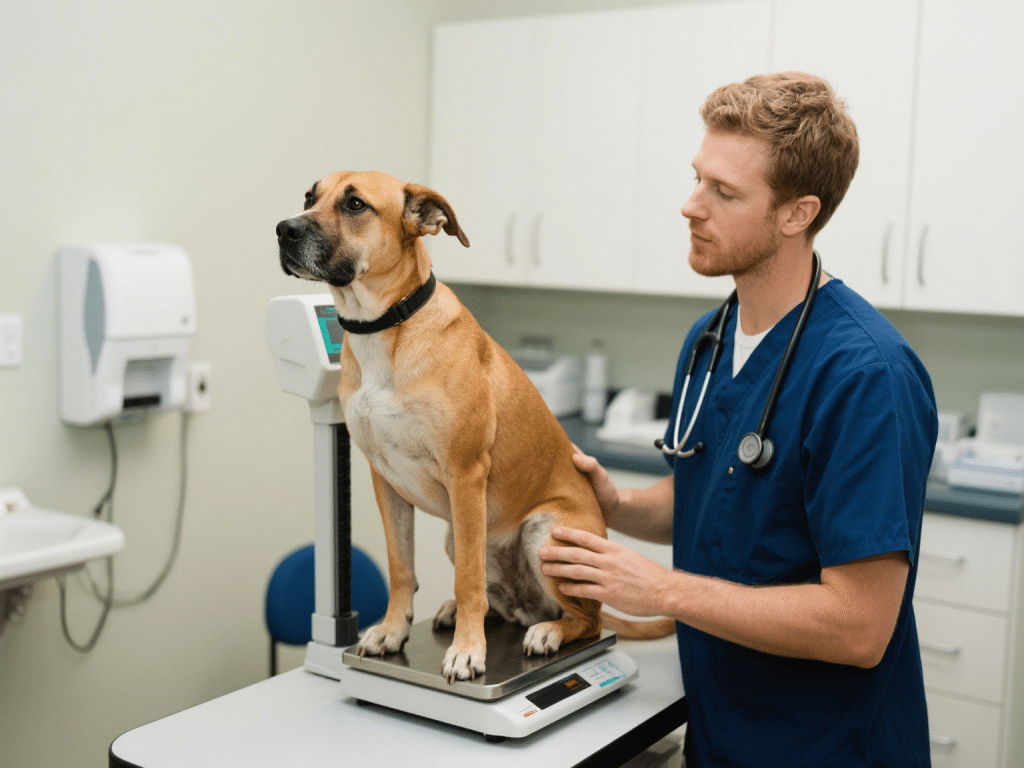
Welcoming a new kitten into your home is a joyous adventure filled with wonder—and questions. In my 14 years as a veterinary nurse and kitten‑care educator, I’ve guided hundreds of first‑time kitten parents through each cobweb‑infested stage of early growth. This week‑by‑week roadmap will equip you with the expertise to anticipate developmental landmarks, optimize nutrition, and foster socialization. From the wobbly first steps at two weeks old to the exuberant play of six‑month‑old adolescents, every milestone offers a chance to strengthen your bond.
Weeks 1–2: The Neonatal Stage
Eyes and Ears Open: Around day 7–14, kittens’ eyes go from sealed shut to bright blue, and their ear canals unfold.
Sensory Development: Touch and smell are primary senses; avoid loud noises and strong scents to prevent stress.
Feeding: Nursing every 2–3 hours. Monitor weight daily—healthy neonates gain 10–15 grams per day.
Weeks 3–4: Transition Phase
First Wobbly Steps: Kittens begin toddling toward mom and littermates. Provide non‑slip surfaces.
Introduction of Solid Food: Offer moistened kitten kibble in a shallow dish. Gradually reduce water content.
Litter Training Begins: Place a shallow box with non‑clumping litter—instinct kicks in quickly.
Weeks 5–8: Socialization Window
Play Behavior Emerges: Pouncing, stalking, and mock fights sharpen coordination. Interactive toys and safe spaces are crucial.
Human Interaction: Gentle handling several times daily builds trust. Invite visitors for brief sessions to prevent fear of strangers.
First Veterinary Visit: Vaccinations (FVRCP) and deworming start at 6–8 weeks.
Months 2–4: Adolescent Explorers
Rapid Growth: Weight should double from 2 to 4 months. Adjust food portions to growth charts.
Climbing and Jumping: Provide vertical territory—cat trees, shelves—to satisfy exploration drives.
Behavioral Training: Reinforce gentle play; discourage biting by redirecting to toys.
Months 4–6: Teenager Phase
Teething: Expect increased chewing. Offer kitten‑safe chew toys to soothe gums.
Spay/Neuter Considerations: Many vets recommend procedures between 4–6 months to prevent unwanted litters and reduce roaming.
Energy Management: Six‑month‑olds can run circles around you! Maintain daily play sessions to prevent boredom‑related behaviors.
Nutrition and Health Checks
High‑Quality Kitten Formula: Choose brands with AAFCO certification.
Hydration: Encourage wet food or water fountains to prevent urinary issues.
Routine Vet Visits: Monitor growth curves, screen for common conditions (parasites, congenital defects).
Expert Advice for a Smooth Journey
“Early and positive handling predicts a confident adult cat,” notes feline behaviorist Dr. Simone Patel. “Exposing kittens to gentle noises, varied textures, and family members sets the stage for lifelong adaptability.”
Conclusion: Celebrating Every Milestone
From those first unsteady steps to playful leaps, each developmental milestone is an opportunity to nurture health, confidence, and trust. Armed with this timeline and enriched by professional insights, you’re ready to guide your kitten to a vibrant, fulfilled adulthood.









Comments on " Your Kitten’s Journey: Key Growth Milestones from Newborn to Six Months" :